summary
Vitamin C enhances absorption of non-heme iron (found in plant-based foods) in the GI tract because an acidic environment favors the ferrous form of iron, which is better absorbed than the ferric form.
abstract
Food iron is absorbed by the intestinal mucosa from two separate pools of heme and nonheme iron. Heme iron, derived from hemoglobin and myoglobin, is well absorbed and relatively little affected by other foods eaten in the same meal. On the other hand, the absorption of nonheme iron, the major dietary pool, is greatly influenced by meal composition. Ascorbic acid is a powerful enhancer of nonheme iron absorption and can reverse the inhibiting effect of such substances as tea and calcium/phosphate. Its influence may be less pronounced in meals of high iron availability--those containing meat, fish, or poultry. The enhancement of iron absorption from vegetable meals is directly proportional to the quantity of ascorbic acid present. The absorption of soluble inorganic iron added to a meal increases in parallel with the absorption of nonheme iron, but ascorbic acid has a much smaller effect on insoluble iron compounds, such as ferric oxide or ferric hydroxide, which are common food contaminants. Ascorbic acid facilitates iron absorption by forming a chelate with ferric iron at acid pH that remains soluble at the alkaline pH of the duodenum. High cost and instability during food storage are the major obstacles to using ascorbic acid in programs designed to combat nutritional iron deficiency anemia.
LINK - http://www.ncbi.nlm.nih.gov/pubmed/6940487
